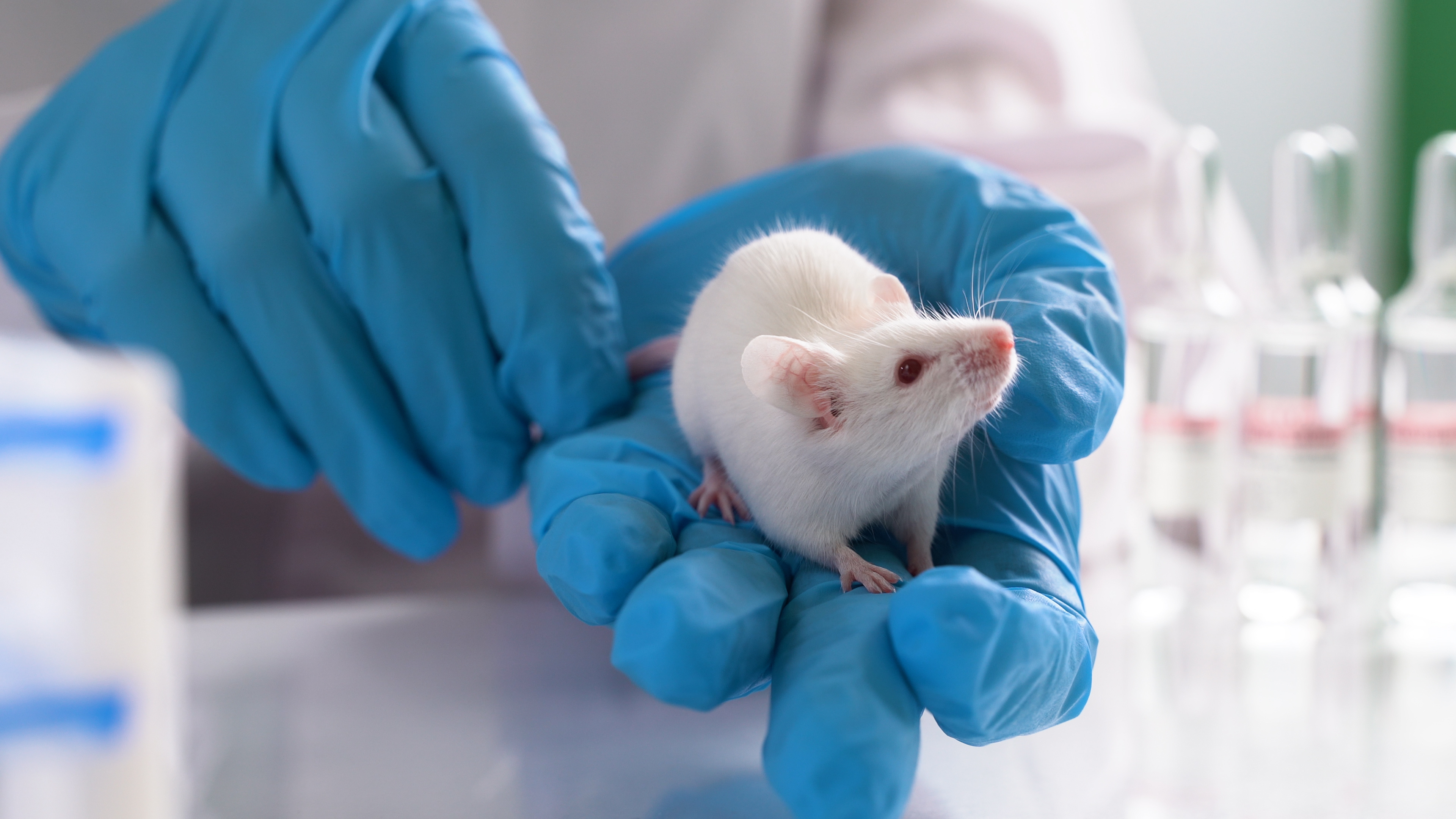
Fear is an essential survival instinct ingrained in our brains, designed to protect us from danger. However, when these fears become obstacles rather than protective mechanisms, they can lead to significant challenges. Recent scientific findings reveal how the brain can effectively manage and overcome these primal fears, opening up possibilities for innovative treatments for anxiety, post-traumatic stress disorder (PTSD), and various phobias.
From the moment we are born, both humans and animals exhibit instinctive fear responses—behaviors such as flinching at sudden sounds or moving away from swiftly approaching objects. With time and experience, our brains distinguish between genuine threats and harmless stimuli. For instance, while the fear of touching a hot stove is valid, the fright from fireworks is often unwarranted.
To delve deeper into how the brain mitigates instinctive fears, researchers conducted experiments with mice. These mice were exposed to a visual cue representing a potential threat, specifically a shadow that simulated a predator flying overhead. Initially, the mice sought shelter; yet, as no actual danger presented itself over several encounters, they learned to remain composed.
This investigation enabled scientists to trace the process by which the mice gradually unlearned their instinctive reactions to fear. Historically, neuroscientists attributed learning and memory functions primarily to the cerebral cortex, the brain’s central processing area. What if, however, there were additional regions involved in how our fears are entrenched in our psyche?
Recent research, however, indicates that fear suppression is primarily managed in the ventrolateral geniculate nucleus (vLGN)—a subcortical area that was previously thought to have no connection to learning. The visual cortex plays an influential role in helping the brain recognize that a perceived threat is harmless. Once this understanding is established, the vLGN steps in, enabling the brain to override its instinctual fear reactions. The study also identified a chemical process responsible for reprogramming the brain’s fear responses.

When the mice recognized the shadow as a safe entity, their brains released endocannabinoids—molecules associated with mood regulation and memory enhancement. This biochemical response diminished inhibitory signals in the vLGN, facilitating increased neural activity, which helped the mice remain calm during future encounters.
Given the structural similarities between the human and mouse brains, the researchers believe their findings could pave the way for novel interventions in treating anxiety disorders, PTSD, and phobias. By focusing on the vLGN or adjusting endocannabinoid levels, scientists may be able to assist individuals in conquering detrimental fear responses more effectively.
Going forward, the research team plans to collaborate with clinical experts to investigate these brain circuits in humans. By uncovering how our brains learn to manage instinctive fears, researchers may be able to develop revolutionary therapies that transform the treatment landscape for fear-related disorders.









